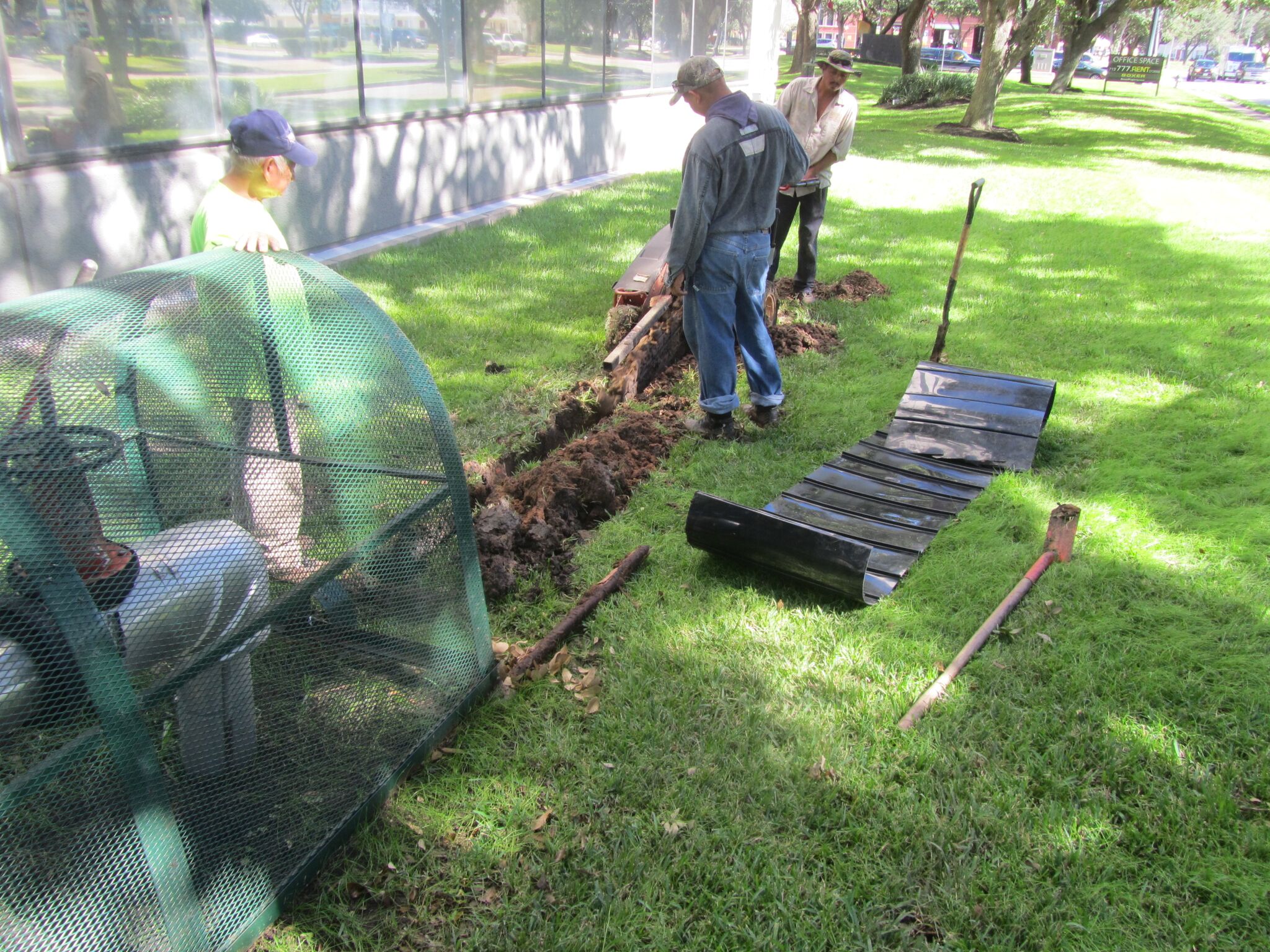
No matter where you live in Texas, from Austin to Conroe to Sugar Land, trees are a centerpiece of life here in the Lone Star State. Most mature neighborhoods have lots of trees, and with those beautiful trees come tree roots. While tree roots aren’t bad in and of themselves, they can pose a
problem for your foundation and pipes.
Over the years, decades and centuries,
tree roots can strangle pipes and interfere with the stability of your home’s foundation, translating to
thousands of dollars in repair costs to pavement, yards, homes and plumbing systems. Is your foundation showing signs of damage? Take a look at these typical signs to determine if your home is under siege from invasive tree roots.
Signs of Tree Roots Under Foundation
- Your house slants towards a tree: Loss of moisture loss can cause homes to slant towards trees. The side near the house starts to settle because the tree is drawing moisture out of the soil, causing the foundation to detach and shrink.
- Foundation damage near a tree: Most foundation damage is caused by nearby trees. Amazingly, some trees can suck nearly 200 gallons of water per day, leaving the soil beneath your foundation lacking moisture. This could lead to collapse.
- Foundation damage on the side receiving the most sunlight: Because trees need sunlight to grow, they are naturally attracted to areas that receive the most sunlight during the day. The more trees populating one area, the more roots they will all produce.
Prevent and Fix Tree Root Foundation Damage
There are steps you can take to
avoid foundation damage caused by tree roots. Try these tips:
Perform Preventive Landscaping
- Trim or cut tree roots so they don’t grow toward the foundation.
- Don’t plant shrubs or trees near the foundation.
- Plant trees with non-invasive root systems.
- Don’t plant trees that require a lot of water or trees with roots that tend to grow horizontally, such as oaks.
- Install root barriers.
Root Barriers
As to this last point, let’s explore what root barriers are in more detail. When sewers back up into homes, the culprit is often tree roots that have gotten into the pipes,
preventing sewage from flowing smoothly away from your home. When it accumulates, it will back up into the home, creating a nasty mess and a costly one at that.
To prevent all this from happening, homeowners should have a professional
install a root barrier around pipes and sewer lines. This barrier will keep tree roots out so that they cannot invade the lines, thereby reducing plumbing problems. Root barriers are good options when removing the tree and its associated roots is just not possible.
Barricading roots will also
avoid foundation settlement because they control the growth of roots near your foundation. Root barricades are comprised of overlapping sheets of plastic designed to divert roots away from the foundation.
Landscaping projects are pretty common with spring coming up, but many homeowners may forget a simple solution designed to shield their foundations and pipes from destructive tree roots. These products are known as root barriers and they can save you thousands of dollars later on. If left uncontrolled, tree roots cause many headaches for homes or businesses, growing under foundations and into pipes and sewer lines.
Three Reasons you Need a Root Barrier
Root barriers are actually like walls or panels installed underground to prevent roots from getting at vulnerable elements such as pipes. Here are three main benefits of root barriers:
1. Prevent Harm to the Foundation
Trees that are planted too close to your foundation can actually cause many serious problems over the years. Because tree roots seek nutrients and water, they will greedily leech all that good moisture away from the soil that’s underneath your home. In fact, just one tree can pull 100 gallons of water from the soil every day, and some large trees can pull up to 150 gallons each day via their roots.
This process obviously dries out the soil and creates foundation movement, which in turn lead to cracks and other expensive foundation problems. If you plan to plant new trees in the future, make sure to plant them at least 10 feet away from the foundation. Aggressive root growth damages plumbing and drainage systems.
2. Prevent Harm to Pipes
The other big underground component that is vulnerable to tree roots includes water pipes and sewer lines. Roots can strangle these pipes, causing cracks that can lead to burst pipes. If this happens, it becomes a costly repair to replace the underground pipe system. If you nip this problem in the bud first, tree roots won’t have a chance to compromise your pipes and sewer lines.
3. Trap and Detect Harmful Roots
Root barriers act as shields that essentially defend your structure from tree roots, forming the basis of an effective foundation maintenance plan. Not only do root barriers trap and deflect harmful roots from robbing moisture from the foundation, they also force roots down to lower depths, discouraging the growth of larger, more destructive roots.
Root barriers must be installed professionally in order to be effective. Improper installation can lead to failure. Being educated about root barriers is essential. They’re important especially for sewer lines, because when sewers back up into homes due to tree root strangulation, sewage is prevented from flowing smoothly away from the home. Instead, it accumulates and backs up into the home, creating a very expensive mess!
Contact Aftermath Structural Repair
If you are having problems with
tree roots and your foundation or plumbing system in Texas,
contact us today at 281-815-0025.



